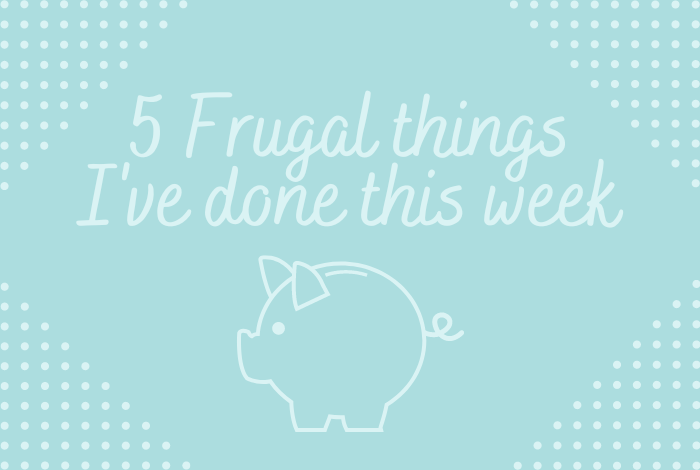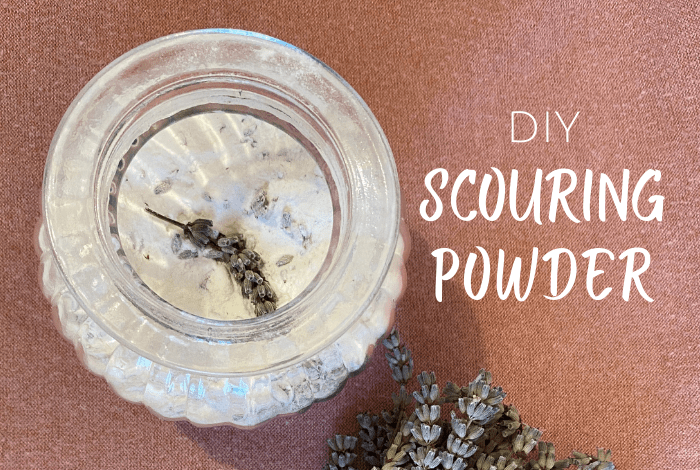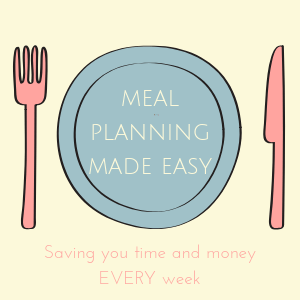Every now and again (used to be weekly ;-), maybe it will be again) I share five frugal things that I've done during the previous week just to show you that the small things you do all add up to a great frugal lifestyle where you can learn to live a fabulously frugal life. Hey! 👐1) Security and feeling safe at home is really important to me, really important. We recently changed our home insurance to Sky as they had an offer on where we got a free video doorbell and some other security gadgets like motion sensors and an indoor camera. We fitted the … [Read more...]
Make your own DIY Scouring Powder….
This DIY homemade scouring powder is the perfect addition to your homemade cleaning kit - and if you don't already have one then it's a great thing to start off with as it's easy to make and super effective!I'm definitely planning to get back into making my own DIY cleaning products again this year - starting with this DIY scouring powder which was inspired by memories of my Mam when I was younger. She always used scouring powder on the oven, the taps and to clean the grout in the tiles around the bath.I'm 99% sure she bought it rather than made it but I definitely remember … [Read more...]
Five Frugal Things we did last week {21st January 2024}….
Every now and again (used to be weekly ;-), maybe it will be again) I share five frugal things that I've done during the previous week just to show you that the small things you do all add up to a great frugal lifestyle where you can learn to live a fabulously frugal life. Hey! 👐1) Ah, remember the good old days when I used to start lots of these posts with some bargain flowers? Well, I have some to share with you today...I picked up these pretty little daffs earlier this week reduced to 40p as they were looking a bit worse for wear. I took out the dead … [Read more...]
Five Frugal Things we did last week {14th January 2024}….
Every now and again (used to be weekly ;-), maybe it will be again) I share five frugal things that I've done during the previous week just to show you that the small things you do all add up to a great frugal lifestyle where you can learn to live a fabulously frugal life. Hey! 👐Has anyone else had this dreadful cold and flu bug? I've had it since the week between Christmas and New Year and even with some amazing medicine from my doctors that suppresses the cough (needed as my cough is always so dramatic), I've still been pretty ill and reluctant to leave the … [Read more...]
How just 15 minutes on a Sunday can make the rest of your week so much easier {Free Printable Weekly Planner}….
I genuinely believe that just a few minutes of focus on a Sunday can set you up for the week ahead and today, I'm going to tell you how.(I published this post originally about five years ago but over the last couple of months, I've noticed lots of people heading over from somewhere and having a read of this post so I thought I'd just update it to include a couple of the free planner printables that I've shared since this post was originally published)I'm not a naturally organised person so I genuinely need as much help as I can get in that department.Over the last few months, … [Read more...]
How I save for Christmas through the year (without saving any actual money)…
I save for Christmas all year round without actually 'saving' any actual money so I thought I'd make my first official post of 2024 a post telling you how I do it.I've realised that, pretty much every year, I share this information in one of my five frugal things post later on in the year when I'm about ready to cash in all my little savings posts and by that point, it's way too late for you guys to do something similar so this year, you're getting it a lot earlier so there's no excuse. :-) Last year was a quiet year for my savings as I was barely online but in previous years, … [Read more...]
- 1
- 2
- 3
- …
- 503
- Next Page »






